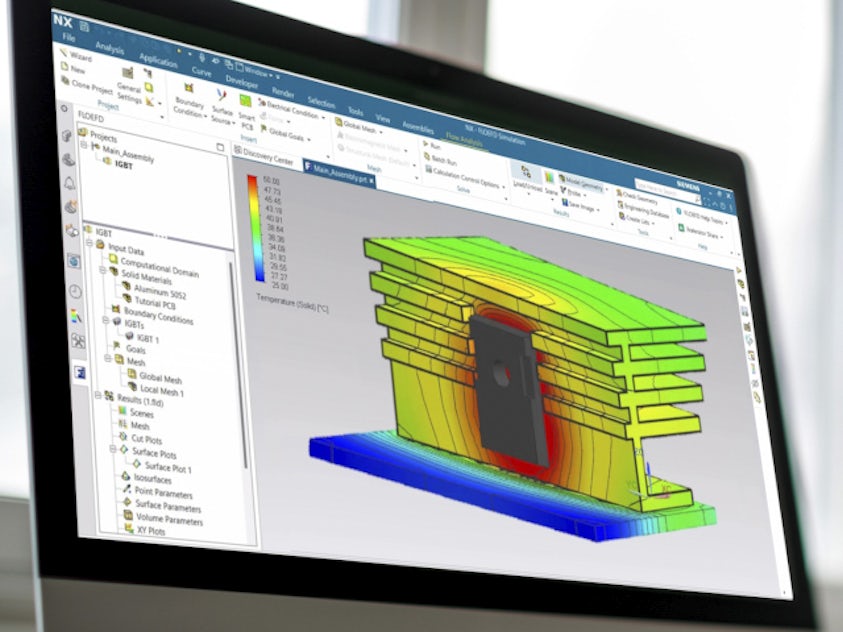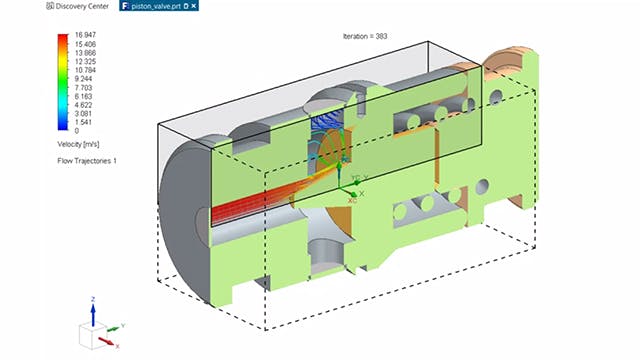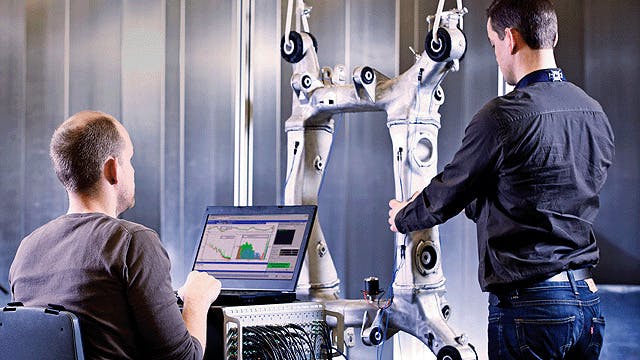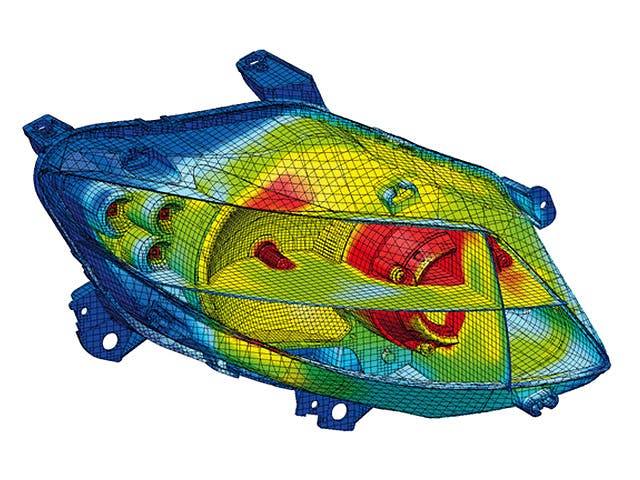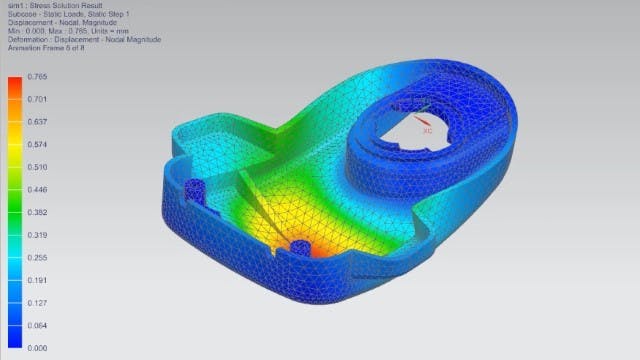Symulacja projektu pomaga producentom zweryfikować i zweryfikować zamierzoną funkcję opracowywanego produktu, a także możliwości produkcyjne produktu. Słowo "symulacja" jest często używane jako ogólny termin dla {1}inżynierii wspomaganej komputerowo (CAE){2}. Kilka podejść do symulacji projektowania stało się standardowymi komponentami rozwoju produktu w wielu branżach i nadal zyskuje na znaczeniu, ponieważ niedrogie, szybsze komputery i niedrogie, łatwe w użyciu oprogramowanie do symulacji projektowania umożliwiają użytkownikom korzystanie z nowych technologii i aplikacji.
Modele symulacyjne to równania matematyczne reprezentujące zachowanie systemu w interesującej nas dziedzinie fizycznej. Złożoność matematyki zależy od dostępności danych i różni się w zależności od funkcji aplikacji i etapu projektowania.
We wczesnej fazie rozwoju, zazwyczaj prostsze reprezentacje systemowe wykorzystują założenia analityczne i weryfikują interakcję między kilkoma aspektami fizycznymi na poziomie koncepcji. Na późnych etapach rozwoju do walidacji i udoskonalania używane są zazwyczaj bardzo złożone, specyficzne dla aplikacji modele. Zastosowania mogą obejmować takie aspekty, jak zachowanie konstrukcji, akustyka, dynamika konstrukcji, analiza termiczna i przepływowa, oszczędność paliwa, rozwój sterowania i wiele innych.
Powiązane produkty: NX | Solid Edge | Zel X | Simcenter FLOEFD
